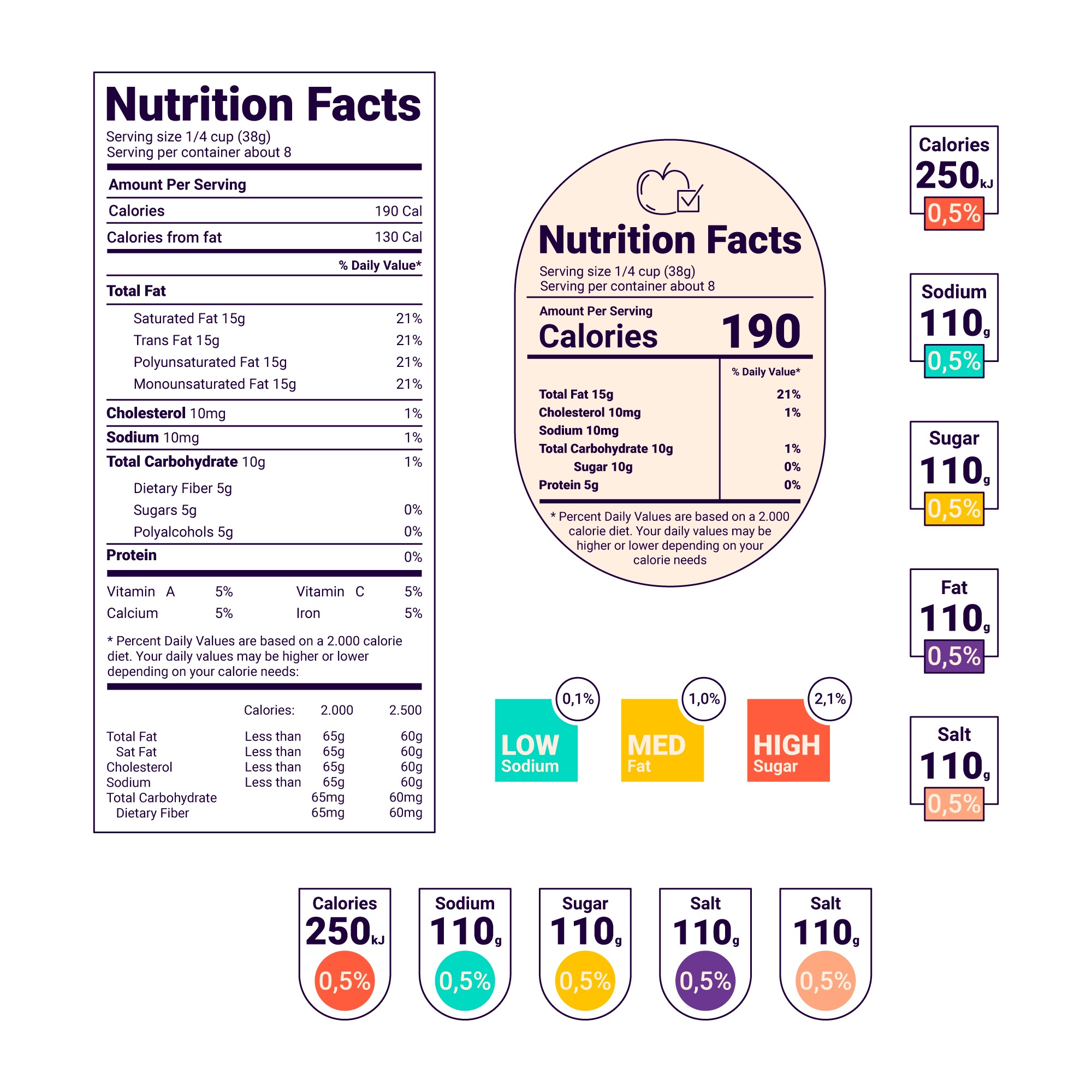How to Read Food Labels on a Kidney-Friendly Diet?

Strong 8k brings an ultra-HD IPTV experience to your living room and your pocket.
Grocery shopping while being on a kidney-friendly diet can be exhausting. You turn over a food package and see a wall of numbers, percentages, and ingredients you cannot even pronounce. And all you are trying to do is find something safe (and maybe even a bit tasty) to eat.
Reading food labels is one of the biggest challenges for people with kidney disease, but it’s also one of the most empowering things you can learn because once you understand what to look for (and what to avoid), you will feel a lot more in control of your health and food choices. So, without further ado, let’s dive into the art of skimming through the food labels to keep your kidneys in top shape.
Start with the Serving Size
Before you start searching for foods good for kidney health, check the serving size at the top of the label. Every number on the label, like the sodium, protein or phosphorus, is based on that one serving. So, if you eat double the serving, you are getting double everything. That’s fine if it fits your plan, but it’s something that you need to keep in mind.
Watch That Sodium
If you have kidney disease and are wondering how to keep your kidneys healthy, let us tell you, sodium is your arch nemesis. High sodium intake can raise your blood pressure and cause fluid retention, both of which are hard on your kidneys. So, look for:
• 140 mg of sodium or less per serving (that’s considered “low sodium”) (Source: https://www.heart.org/en/healthy-living/healthy-eating/eat-smart/sodium/how-much-sodium-should-i-eat-per-day)
• Labels that say “no salt added” or “reduced sodium”
Here’s a jaw-dropping stat for you: The average American consumes around 3,400 mg of sodium in a day, whereas the recommended daily allowance for people on dialysis living with Chronic Kidney Disease varies from 750mg to 2000mg per day. In India, too, a large variety of our recipes and even snacks are incomplete without salt, and are heavily loaded with sodium. That’s why reading labels is so crucial: once you start reading, you will be surprised at how much sodium is hidden in things like salad dressings, snacks, and even bread!
(Source: https://www.freseniuskidneycare.com/recipes-and-nutrition/eating-well-with-ckd/salt)
Check for Phosphorus
Finding phosphorus is often tricky because it’s not always listed on the Nutrition Facts Label. However, many processed foods contain phosphorus additives, which are especially harmful because your body absorbs them more easily than natural phosphorus.
So, flip to the ingredients list and look for words that contain “phos” like:
• Calcium phosphate
• Disodium phosphate
• Phosphoric acid
If you see those, it’s a red flag, which is why you need to keep the product back on the shelf.
Mind the Potassium
Potassium is another nutrient you may need to limit, especially if your labs show high levels. Some labels now include potassium content, which is super helpful. If not, scan the ingredients for high-potassium foods like potatoes, tomatoes, oranges, or bananas when buying soups, juices, or smoothies.
The Bottom Line
Reading food labels might feel overwhelming at first, but trust us, it gets easier. The more you practice, the more confident you will become. You have got this, and remember, every good food choice you make is a step toward protecting your kidneys and feeling your best. Happy label-reading!
Need more information on foods for kidney health? Reach out to our expert dieticians and nephrologists at NephroPlus to schedule a consultation or for more insights!
Source: https://nephroplus.com/how-to-read-food-labels-on-a-kidney-friendly-diet
Note: IndiBlogHub features both user-submitted and editorial content. We do not verify third-party contributions. Read our Disclaimer and Privacy Policyfor details.




